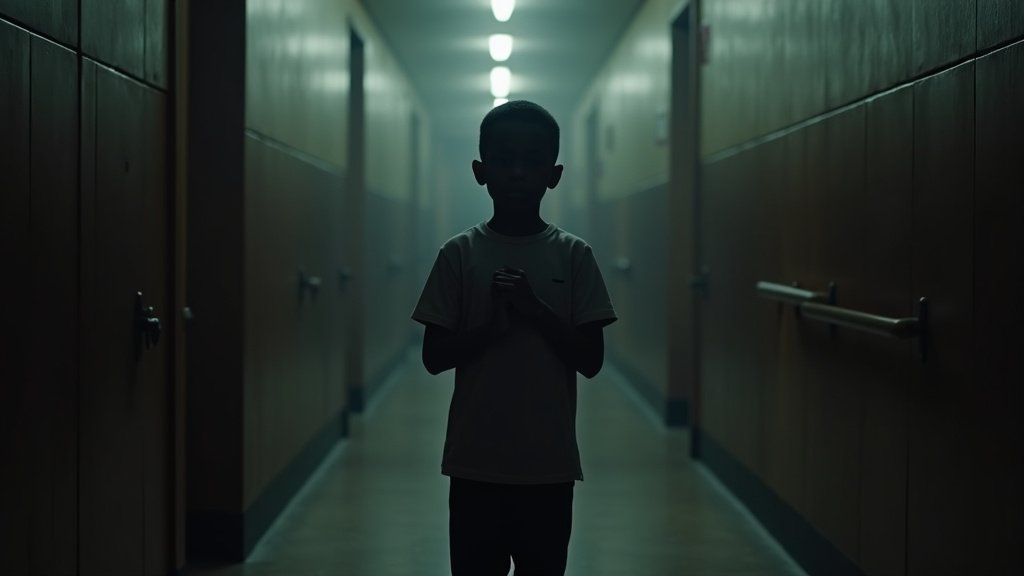Tarrant County Youth Surpass Others in Texas State Prison Commitments Amidst Growing Concerns
Tarrant County youth are now leading Texas in commitments to state juvenile prisons, a trend that is straining the Texas Juvenile Justice Department (TJJD) and raising alarms about racial disparities within the juvenile justice system. This surge in Tarrant County youth sent to state facilities represents a 63% increase in the most recent fiscal year, putting the county on track for its highest number of commitments in over a decade. This situation underscores critical issues within Texas’ approach to Tarrant County youth.
Escalating Commitment Numbers for Tarrant County Youth and Systemic Strain
Preliminary data from the Texas Juvenile Justice Department indicates that Tarrant County transferred 103 children to state custody during the 2025 fiscal year, a substantial 63% increase from the previous period. This figure is nearly double the number of Tarrant County youth committed from Harris County, the state’s most populous county. This dramatic rise means Tarrant County is poised to send the highest number of youth to state facilities in a calendar year since at least 2011. The influx of Tarrant County youth is a significant factor contributing to a booming waitlist for beds within TJJD’s five secured facilities. As of mid-October, 149 children were awaiting transfer to TJJD, with an average wait time of 90 days, and 22 of those youth were from Tarrant County. TJJD officials cite the rising numbers from counties like Tarrant as a primary driver for waitlists approaching all-time highs, alongside capacity limitations and declining exit rates from secured facilities for Tarrant County youth.
Deepening Racial Disparities in Tarrant County Youth Commitments
The disproportionate representation of Black children among Tarrant County youth committed is particularly alarming. In the 2025 fiscal year, Black children constituted over 70% of Tarrant County’s commitments to state custody, despite making up only about 20% of the county’s youth population. This stark disparity in Tarrant County youth commitments is significantly higher than statewide figures, where Black children represent 47.5% of total commitments, while comprising 12% of Texas’ youth population. Experts suggest that systemic issues contribute to Black juveniles being punished at higher rates than their peers. Advocates describe these racial disparities in Tarrant County youth cases as “quite disturbing”. Some analyses have noted that while Tarrant County has a larger percentage of White referrals compared to Dallas County, the overrepresentation of Black youth in commitments is a persistent concern for Tarrant County youth.
Judicial Policies and Advocate Concerns for Tarrant County Youth
State District Judge Alex Kim, who has presided over Tarrant County’s juvenile court since 2019, has attributed the increase in commitments partly to changes implemented to shorten the time children spend in the county’s juvenile jail awaiting case outcomes. County leaders, including Judge Kim, also point to an increase in reported crimes as a contributing factor for Tarrant County youth. However, juvenile justice advocates and former county officials express concern that a “tough-on-crime” approach, potentially influenced by such policy shifts, is driving these numbers for Tarrant County youth. This approach has been a subject of concern for years. Critics argue that a reliance on state commitments, particularly for probation violations youth, can be detrimental. Research indicates that Tarrant County youth incarcerated closer to home are less likely to reoffend, and TJJD facilities have a history of abuse and harm. There are calls for an independent audit of Tarrant County’s juvenile justice system to thoroughly investigate the spike in Tarrant County youth commitments and the underlying causes.
Offenses Leading to State Custody for Tarrant County Youth
Data reveals that a significant portion of Tarrant County’s spike in commitments is driven by probation violations youth. According to the Texas Tribune, the number of TJJD commitments from Tarrant County for robberies or violations of court orders more than doubled between fiscal years 2024 and 2025. Experts and advocates contend that such infractions should not warrant placement in Texas youth prisons, which are typically reserved for more serious felony offenses or probation violations youth related to felonies. A 2015 study on Texas juvenile justice reforms found that youth under community-based supervision were significantly less likely to reoffend than those confined in state correctional facilities, and that state facilities were more likely to lead to felony rearrests, impacting Tarrant County youth.
Broader Systemic Issues and Future Outlook for Tarrant County Youth
The situation in Tarrant County is not isolated but reflects broader challenges within the Texas juvenile justice system. Statewide, issues such as understaffing at TJJD facilities, which has led to halts in intake in the past, and concerns about the conditions within these facilities, including excessive force and abuse, have been highlighted by the U.S. Department of Justice. TJJD itself acknowledges an increasing acuity level among youth served, with higher risks and needs, and a strain on resources. The agency is working on strategic initiatives to address these issues, including enhancing public safety and improving staff retention for all Tarrant County youth. However, the ongoing high commitment rates from key counties like Tarrant continue to test the capacity and effectiveness of the state’s juvenile justice infrastructure. The trend underscores a pressing need for continued evaluation and potential reform to ensure equitable treatment and effective rehabilitation for all Tarrant County youth within the Texas system. This news from Texas demands close attention as it unfolds.






